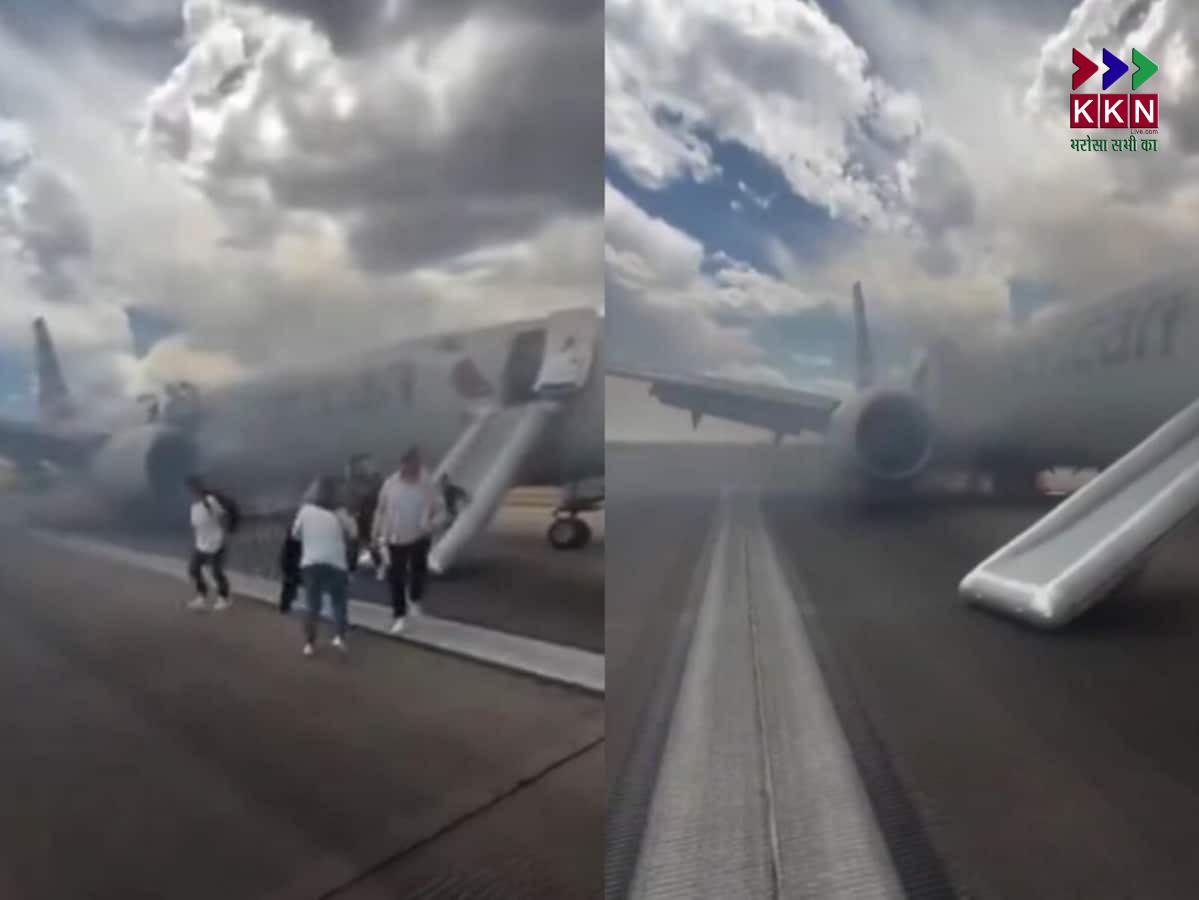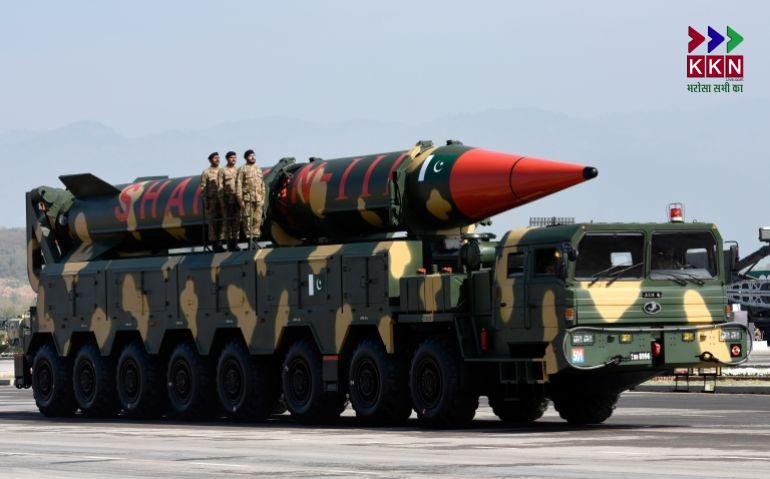
A major aviation disaster was narrowly averted at Denver International Airport on Saturday afternoon when an American Airlines flight encountered a severe technical issue moments before takeoff. Flight AA3023, scheduled to depart from Denver to Miami International Airport (MIA), caught fire due to a malfunction in the aircraft’s landing gear while preparing for takeoff. The incident occurred on runway 34L, raising immediate concern for the 179 people onboard.
The aircraft was a Boeing 737 Max 8, and there were 173 passengers and 6 crew members aboard. According to the airline and airport officials, all passengers and crew were safely evacuated using emergency slides. The Denver Fire Department responded immediately and brought the fire under control before it could escalate.
Incident Occurred Just Minutes Before Scheduled Takeoff Time
The emergency unfolded at approximately 2:45 PM local time on Saturday. Flight AA3023 was preparing for departure from Gate C34, with a scheduled takeoff at 1:12 PM, but experienced delays before the incident. As the aircraft moved toward takeoff, an issue emerged in one of the landing gear tires, causing it to overheat and eventually ignite.
Passengers reported hearing a loud noise and noticed the plane coming to an abrupt halt. Within moments, emergency slides were deployed, and all passengers were safely evacuated onto the tarmac. Although most passengers escaped without injury, one traveler sustained minor injuries and was transported to a hospital. Five others were treated at the scene and released after primary medical assistance.
American Airlines Confirms Mechanical Failure in Landing Gear
American Airlines later confirmed the incident in an official statement. The airline stated that the aircraft was a Boeing 737 Max 8 and that the fire stemmed from a technical fault involving the tire system. The plane has been removed from service, and a detailed investigation has been initiated.
The airline emphasized that passenger safety is their top priority and that their team followed emergency protocols without delay. According to American Airlines, a replacement flight was arranged to ensure passengers reached Miami later the same evening.
FAA Classifies Incident as Possible Gear Malfunction
The Federal Aviation Administration (FAA) acknowledged the event and registered it as a potential landing gear malfunction. FAA officials confirmed that the matter is under review and that all relevant data, including cockpit recordings and flight maintenance logs, will be examined thoroughly.
This classification indicates that the issue was serious enough to demand full mechanical scrutiny and regulatory oversight. While there has been no immediate indication of systemic failure, the FAA’s involvement ensures that technical accountability will be pursued.
Denver Airport Declares Ground Stop, Dozens of Flights Affected
As a result of the fire and subsequent emergency procedures, Denver International Airport imposed a ground stop from 2:00 PM to 3:00 PM. This precautionary step led to delays in 87 outbound and inbound flights. Passengers reported long queues, reassignments, and brief confusion during this interval.
Airport operations gradually resumed later in the day, and by evening, normal flight schedules were reinstated. Authorities praised the quick coordination between airport ground staff, firefighters, and airline crew in containing the situation without casualties.
This Is Not the First Major Incident for American Airlines in Denver
Saturday’s emergency is the second major aviation incident involving American Airlines at Denver Airport in recent months. In March 2025, another American Airlines aircraft had to perform an emergency landing due to engine failure shortly after takeoff. That flight, too, managed to avoid disaster thanks to a prompt response.
These repeated incidents have raised concerns among travelers and aviation experts. Questions are now being asked about fleet readiness, technical inspections, and maintenance protocols followed by American Airlines, particularly at Denver operations.
Boeing 737 Max 8 Again Under Scrutiny After New Technical Incident
The aircraft involved in Saturday’s event was a Boeing 737 Max 8, a model that has faced global controversy and regulatory hurdles in recent years. After being grounded worldwide in 2019 due to safety issues, the aircraft was cleared to fly again only after extensive upgrades and international approvals.
This latest incident adds another layer of concern around the safety perception of the Max series. While initial reports suggest the problem was isolated to the tire and gear system, any incident involving this model attracts extra regulatory attention due to its controversial history.
Aviation authorities may now review broader inspection protocols for the Max 8 series, especially for aircraft operating in high-traffic routes such as Denver to Miami.
Evacuation Carried Out Smoothly, Passenger Videos Surface Online
Passengers onboard Flight AA3023 captured the moments of evacuation on smartphones. Several videos surfaced on social media, showing passengers using inflatable slides while smoke billowed from under the aircraft’s belly. Emergency personnel were seen guiding people to safety while others worked to extinguish the fire.
Eyewitnesses praised the professionalism of the cabin crew, who acted swiftly and calmed passengers. Airport security and first responders also ensured that no stampede or panic took place, which could have worsened the situation.
These visuals, while alarming, showcased how training and emergency response drills can prevent tragic outcomes even in high-risk events.
American Airlines Provides Updates, Offers Apology and Support
American Airlines issued multiple updates through official channels following the incident. The airline apologized for the disruption and reassured passengers that their safety was never compromised. Support teams were made available at Denver airport to assist travelers with their baggage, alternate flights, and medical needs.
Affected passengers were offered vouchers, rebooking assistance, and medical reimbursement if required. The airline emphasized its cooperation with the FAA and its internal safety teams in conducting a full investigation into the root cause.
The customer relations division of American Airlines has also reached out individually to impacted passengers, a step being appreciated as a sign of proactive damage control.
Industry Experts Call for Broader Oversight on Ground Systems
Following the incident, aviation experts have raised questions about the maintenance of landing gear systems. Unlike in-flight issues, ground-based mechanical failures often go unnoticed until they manifest during critical moments like takeoff or taxiing.
Analysts say airlines must invest in better ground diagnostics, including thermal imaging, automated pressure sensors, and frequent tire inspections, especially for short-haul high-frequency routes.
The Denver runway fire has once again highlighted how minor-looking mechanical faults can escalate into full-blown emergencies if not addressed timely.
Lessons Learned and Safety Measures Reinforced
Although the event did not lead to fatalities, it serves as a powerful reminder of the risks involved in aviation. Airlines, airport authorities, and aviation regulators will now likely revisit existing protocols to reinforce safety layers.
For travelers, the incident may raise temporary concerns, but it also underlines how effective modern emergency systems are when procedures are followed precisely.
The aviation community often evolves after such events, using real-life incidents to fine-tune safety infrastructure, training modules, and preventive technologies.
What could have been a tragic event turned into a lesson in emergency preparedness. The quick thinking by pilots, crew, and airport authorities helped save 179 lives. The Boeing 737 Max 8 has been grounded for full inspection, and all passengers have either reached home or are being assisted.
The FAA’s investigation will determine whether this was an isolated failure or part of a broader technical issue. Until then, this incident will be closely watched by aviation professionals and travelers worldwide.
Stay tuned for continuous updates on American Airlines Flight AA3023, investigation details, and aviation safety developments.


